Review of white cats of the Turkish Angora breed
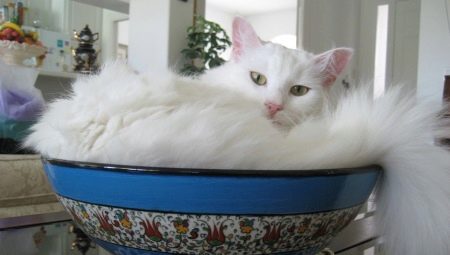
Sometimes you want someone to be around who warms your soul - a pet. The cat will not only warm you, but also become your friend. What breed should you choose? There are many varieties of cats: from Sphynx to Maine Coon, this is a matter of taste for everyone. But if you want a dazzling white cat with deep intelligent eyes and a fluffy tail, which has a calm and peaceful disposition, then the Turkish Angora is definitely your pet.
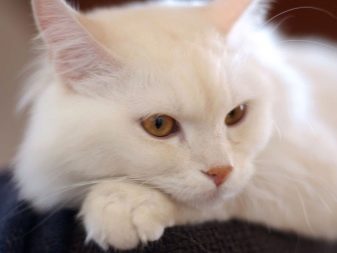
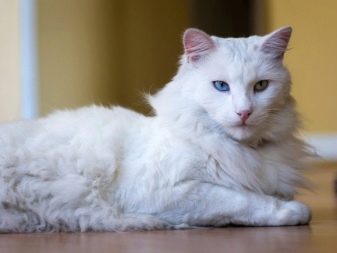
Origin
Although this breed has been known for a very long time, since the middle of the 15th century, it was finally formed only at the end of the 19th century. It was officially recognized relatively recently, in the mid-1970s. It is believed that the ancestors of the Angora breed were the Middle Eastern wild and African domesticated cats. The breed appeared on the territory of modern Turkey.
At that time the capital was called Angora, hence the name of this cat. The breed has undergone some changes, after which it gained particular popularity.
Throughout the entire time, only prominent, noble people could be the owners of this cat. Despite its popularity, this breed could have disappeared due to mixing of blood, but now it is not threatened.
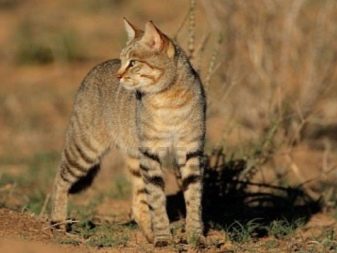
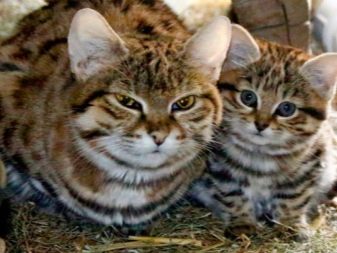
Description
Angora cats have the following characteristics.
- The coat is soft, fluffy of medium length. Slightly longer on the neck, tail and on the hind legs. Has a small undercoat.
- The classic color is pure white, but recently there are beige, brown, gray and red colors.
- The cat has the correct proportions, small size, males reach 5 kilograms, while females are almost half the size.
- The head is of a peculiar pointed shape. Thin neck, graceful body and long legs.The tail is longer than that of other cats and is very fluffy.
- The eyes have an oriental cut. Usually green, yellow or blue, they are multi-colored.
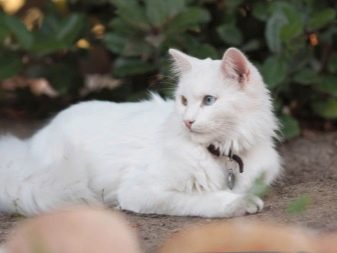
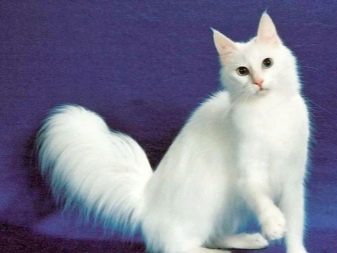
Temperament
It will not work to describe the nature of the Angora breed in one word. On the one hand, the pet is independent, calm with a stable psyche, on the other hand, sociable, playful and inquisitive. He loves toys very much, but on occasion he can find a living target. Loves outdoor walks.
The Angora cat is very smart. She is able to master some tricks: bring a toy or, conversely, hide, open the door, play hide and seek. Always devoted to one master. She gets along well with children, is careful with strangers, takes a long time to get used to. Cannot stand rudeness, physical punishment, loud shouting. If offended, she is capable of minor mischief.
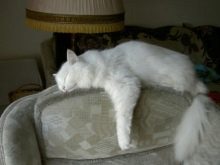
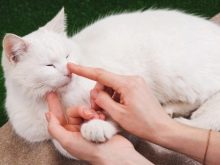
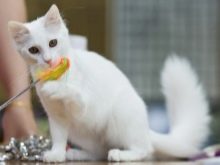
Pet care
Adult cat
Consider the following expert recommendations.
- Wool Turkish Angora requires special care: it is necessary to often comb its fur coat to prevent tangles, especially during molting. Bathing is often not required, but in order to maintain the snow-white color, this procedure should be carried out about once a month using special means.
- Eyes. Care is also required for the eyes: you need to wipe them daily with a swab moistened with a special agent. If you notice itching, redness, sourness, suppuration, or any other symptoms, consult your veterinarian immediately.
- Teeth... There is no special care required for the cat's oral cavity; it is enough to brush the teeth with a toothbrush every 2 weeks to prevent caries.
- Ears need to be cleaned as it gets dirty, wiping with cotton swabs or special napkins dipped in hydrogen peroxide or in a specialized preparation. If you accidentally discover the appearance of an ear mite, consult your veterinarian.
- Claws cut about once a month, more often if necessary. A scratching post is also required.
- Tray must be selected individually, as well as the bedding.
- You also need to take care about a place for a pet to sleep.
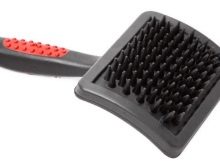

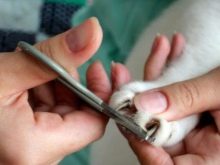
Kitty
Caring for a kitten is not fundamentally different from caring for an adult. But still, there are some tips.
- You should not bathe your pet often, it can get sick due to weak immunity.
- Especially you need to take care of the health of the eyes, make sure that there are no suppurations, swelling, redness.
- It is quite easy to train a kitten of this breed to the tray, but it is necessary to choose the right place, tray shape and filler, since it is at this age that basic habits are formed.
- It is also important to ensure that the kitten does not develop any ear diseases.
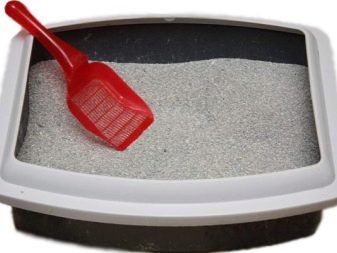
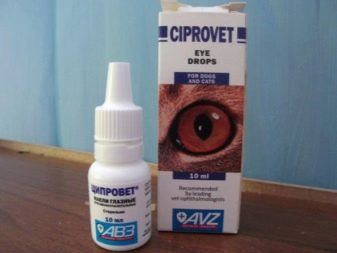
The diet
Kittens need to be fed often, at the beginning of complementary feeding it is necessary to introduce the pet to various foods. In order not to burden the body, to act according to the principle, one day - one new product. In a similar way, you can find out the preferences of your pet. It is necessary to offer food at the same time, start from 6 times a day, eventually reduce feeding to 4 times.
An adult cat needs to be fed small and frequent, 3-4 times a day. To prevent her from gaining excess weight, it is necessary to avoid fatty and high-calorie foods.
In order for your pet to have enough of all the elements, you need to take a course of taking vitamins 2 times a year.
The diet may contain poultry, pork, beef, boneless sea fish, vegetables, various cereals. It is important to completely exclude: potatoes, legumes, liver, bread, smoked, salted, spicy. It is not difficult to compose a balanced diet, but if you do not have time for this, you can transfer to ready-made feeds, which must be premium class. Remember, even good food can cause kidney stones.



A little about health
Deworming, necessary vaccinations and treatment against various parasites should be carried out according to the schedule established by the veterinarian.Although the body of this breed is quite strong and does not cause problems for the owner, some diseases have not been spared by the side of these cats. These include: ataxia, cardiovascular disease, possible tumors.
To prevent diseases, it is enough to visit a veterinarian every six months and take the necessary preventive measures. With good care, cats can live up to 20 years. White Turkish Angora cats may have birth defects such as deafness and squint. Therefore, when choosing a kitten, it is worth conducting simple tests.


The features of the breed are described in the video below.
































